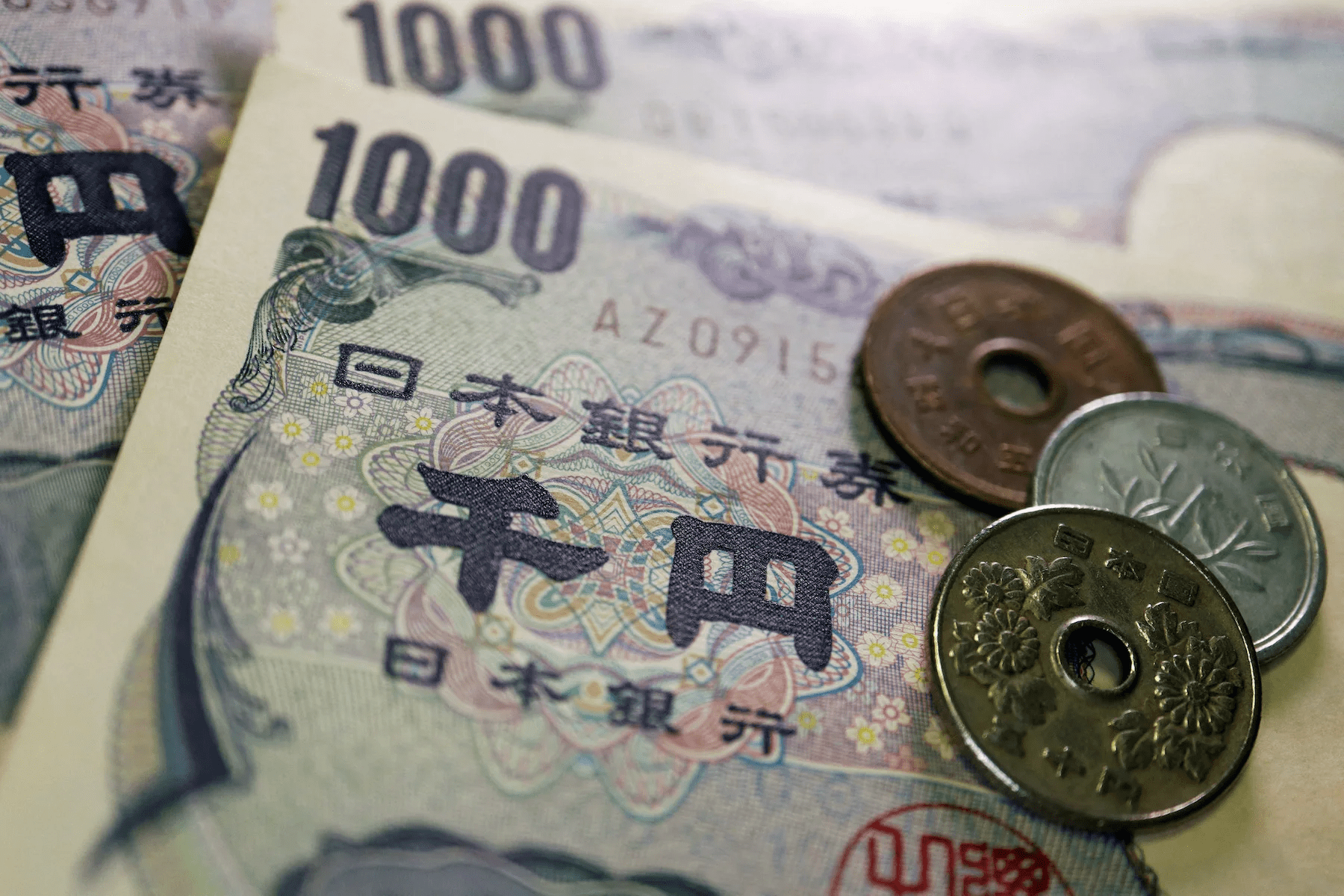Japan may have spent an additional US$23.59 billion on Wednesday in an effort to support the currency, according to official statistics released on Thursday by the BOJ.

Japan is reported to have propped up the yen this week with a second currency intervention totalling about ¥3.5 trillion ($22.5 billion) in reaction to growing market pressure. Tokyo has shown initiative by deciding to intervene and correct currency swings, particularly in view of the uncertainty surrounding the world economy. Experts claim Japan is adopting this unprecedented move to safeguard its economic interests and maintain the yen competitive in foreign trade. Through its intervention after the value of the yen increased during US trading hours, Japan is proving its commitment to reacting swiftly and aggressively to market dynamics.
BoJ Accounts and Central Bank Figures Indicate Tokyo’s Bolshevik Action to Stabilize the Yen
The Japanese government has acted significantly to maintain the value of the yen, according to disclosures made public by the Bank of Japan (BOJ). Fiscal considerations project a ¥4.36 trillion decline in the current account balance, much higher than what money brokers had anticipated. After the yen appreciated significantly during US trade hours, observers see this as Tokyo’s aggressive reaction. Experts say this action is a good one for Japanese authorities to target currency speculators and maintain stability in the foreign exchange market.
The Bank of Japan (BOJ) has proved its commitment to helping the government stabilize the economy and handle currency swings. The Japanese government hopes these current account balance improvements will calm the market and lessen currency market volatility. Tokyo has taken a tough stance to safeguard the value of the yen and foster confidence in Japan’s monetary policies.
After a dramatic rise late on Wednesday, which market players instantly linked to Japanese government assistance, the yen retreated and slightly depreciated against the dollar on Thursday, May 2. The yen was trading 0.4% lower at 155.18 per dollar as of 10:55 GMT, having recovered over half of its late Wednesday jump from about 157.55 to 153 in a little over 30 minutes. Wednesday’s abrupt change was all the more unexpected because markets were quite quiet after Wall Street closed and the US Federal Reserve’s policy meeting. Dollar strength was already being compounded by Fed chief Jerome Powell’s reiteration that interest rate cuts could be postponed because of sticky inflation.

Analysts Alert Speculators to the Likely Step-Up Defense of the Yen by Japanese Authorities
Market analysts are warning speculators as Japanese officials have indicated they are ready to step up their efforts to defend the yen. The erratic value of the yen and the recent activities of Tokyo present investors with higher volatility in the currency markets. Investors are advised to be alert as the situation develops, and financial experts are cautioning of potential consequences on stock markets worldwide. The Japanese authorities are determined to preserve the stability and worth of the yen.
In view of the unstable state of the world economy, the growing tensions around the yen highlight how important it is to keep a stable currency. Participants in the market should proceed cautiously and closely monitor Japan’s currency policies. As the Japanese government is quite strict about currency speculation, traders must be adaptable and aware of the risks involved.
Japan Ignores Recent Yen Intervention, Raising Trader Alert and Market Speculation
The lack of official Japanese acknowledgment of the latest currency intervention has increased trader conjecture. The decision by regulators to remain silent in spite of strong indications of market activity leaves investors in the dark. Because of this ambiguity, traders are waiting expectantly for additional developments, which raises market volatility. Any changes in Japanese currency policy and their potential impact on the dynamics of the world economy at large are being anticipated by traders.
Because the Japanese government hasn’t been very transparent, traders are left wondering why they are meddling in the market. While some interpret the hush-hush as a deliberate move to keep speculators in the dark, others interpret it as a warning, given the enduring economic challenges. While negotiating complex currency markets, traders are always searching for hints about possible currency interventions from Japan.
Since traders are delaying expectations on when the Fed would cut rates for the first time, the dollar has risen almost 10% against the yen this year, even though the Bank of Japan (BOJ) indicated it would go slowly with more policy tightening after its first rate hike since 2007. The yields on long-term bonds of the two countries differ by 371 basis points. That helped the dollar-yen climb to a 34-year high of 160.245 yen on Monday and caused a sharp reverse that official figures said was brought on by Japanese intervention of roughly US$35 billion.



